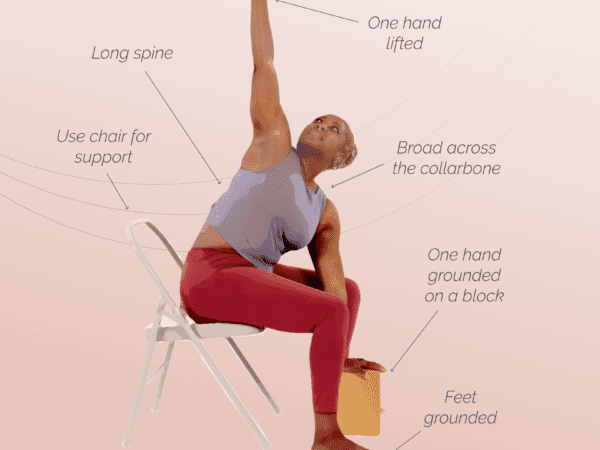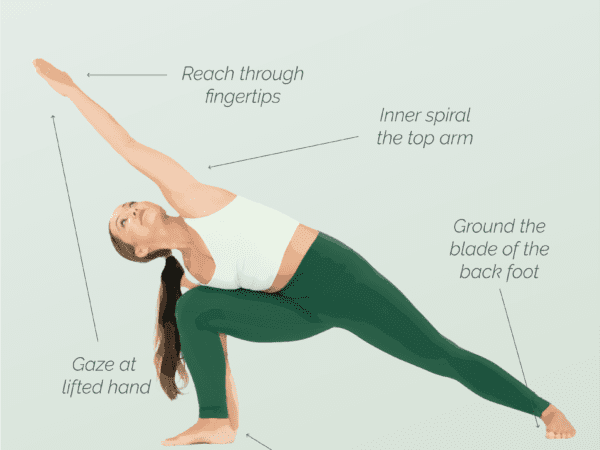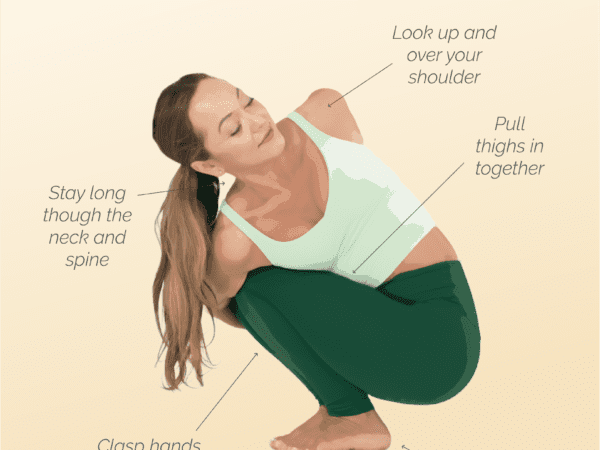Modified downward dog is a versatile yoga pose that offers numerous benefits for the body and mind. Whether you’re a beginner or an experienced yogi, incorporating modified downward dog into your practice can help improve strength, flexibility, and overall well-being.
Benefits of modified downward facing dog
Modified downward facing dog offers a range of benefits for the body and mind. It helps to stretch and strengthen the shoulders, arms, and legs, while also improving flexibility in the hamstrings and calves. This pose also helps to relieve tension in the neck and back, while promoting relaxation and a sense of calm.
Contraindications of modified downward facing dog
While modified downward facing dog is generally safe for most people, there are a few contraindications to be aware of. It is not recommended for individuals with wrist or shoulder injuries, as it can put strain on these areas. Additionally, those with high blood pressure or pregnancy should approach this pose with caution and consult with a qualified yoga instructor for modifications.
When to practice modified downward dog
Practicing a modified version of downward dog can be beneficial for several reasons. Firstly, it allows individuals with limited flexibility or strength to still experience the benefits of the pose. By modifying the pose, it becomes more accessible and achievable for beginners or those with physical limitations, like pain in the wrists, hips, back, or shoulders. Additionally, a modified version of downward dog can help individuals to focus on specific areas of the body, such as the shoulders or hamstrings, and work on improving strength and flexibility in those areas. Overall, practicing a modified version of downward dog allows for a personalized and adaptable yoga practice that can be tailored to individual needs and goals.
Using props to modify your yoga practice is a great way to customize poses to your needs and abilities. When you take a yoga class the teacher will often give modification options for postures in the yoga sequence.
How to do modified downward-facing dog
To practice modified downward dog, follow these step-by-step instructions:
Find a chair and place it in front of you, with the back facing you.
Stand on your mat with your feet hip-width apart.
Hinge at the waist and put the palms of your hands on the back of the chair.
Keep your heels on the ground.
Keep the shoulders away from the ears and move the shoulder blades down the back.
Engage the core.
Look down at the floor as you feel a stretch in your shoulders, hips, and hamstrings.
Allow your head to hang freely between your arms, relaxing your neck and shoulders. Remember to keep your heels firmly planted on the ground.
Focus on lengthening your spine.
Hold the pose for several breaths, focusing on deep inhales and exhales.
To release, gently return to a standing position.
Remember to listen to your body and modify the pose as needed to ensure a safe and comfortable practice.
Once you feel comfortable doing this version of modified downward dog you can practice other variations of the asana. Try doing the posture with your hands on blocks instead of the back of a chair. Practicing with your hands on blocks will make it more challenging. If you feel any pain in your wrists while trying this or any other variations of the pose return to practicing it standing behind a chair.
More tips about modifying downward dog
Here are some additional tips for modifying the downward dog pose:
Use props: If you have difficulty reaching the floor with your hands, you can use yoga blocks or a bolster to elevate the ground and provide support.
Bend your knees: If you feel tightness or strain in your hamstrings or lower back, it’s perfectly fine to keep a slight bend in your knees. This modification helps to release tension and allows you to focus on the alignment of your upper body.
Shorten your stance: If you find it challenging to fully extend your legs, try bringing your feet closer to your hands. This modification reduces the distance between your hands and feet, making the pose more accessible and comfortable.
Use a wall: If you have difficulty balancing or need extra support, you can practice Modified Downward Dog with your hands against a wall. This variation allows you to focus on alignment and stability while providing a sense of security.
Take breaks: If you feel fatigued or overwhelmed in the pose, it’s important to listen to your body and take breaks as needed. You can come back to a tabletop position or rest in child’s pose to give yourself a moment of rest and recovery.
Modified downward dog is a versatile and accessible yoga pose that offers a wide range of benefits for both the body and mind. Whether you’re a beginner or an experienced yogi, incorporating this pose into your practice can help improve strength, flexibility, and overall well-being. By modifying the traditional Downward Dog, individuals with limited flexibility or physical limitations can still experience the benefits and joy of this pose.
The benefits of modified downward dog are numerous. It helps to stretch and strengthen various muscle groups, including the shoulders, arms, legs, hamstrings, and calves. This pose also helps to relieve tension in the neck and back, promoting better posture and reducing discomfort. Additionally, modified downward dog can enhance body awareness, balance, and stability.
Moreover, practicing a modified version of downward dog allows for a personalized and adaptable yoga practice. It enables individuals to focus on specific areas of the body that require attention, such as the shoulders or hamstrings, and work on improving strength and flexibility in those areas. This pose can be modified further by using props, bending the knees, shortening the stance, or using a wall for support.
Incorporating modified downward dog into your yoga routine can bring a sense of grounding, relaxation, and rejuvenation. It offers an opportunity to connect with your breath, release tension, and cultivate mindfulness. So, whether you’re seeking physical strength, flexibility, or a moment of tranquility, modified downward dog is a pose worth exploring on your yoga journey. Embrace the modifications, listen to your body, and enjoy the transformative benefits that this pose has to offer.
If you’ve decided that yoga is for you, sign up for an Omstars membership for guidance on your journey. As a member, you’ll get access to thousands of classes, including daily live classes and hundreds of teachers. Start your membership today.









